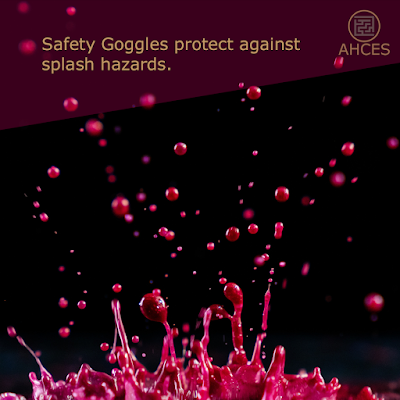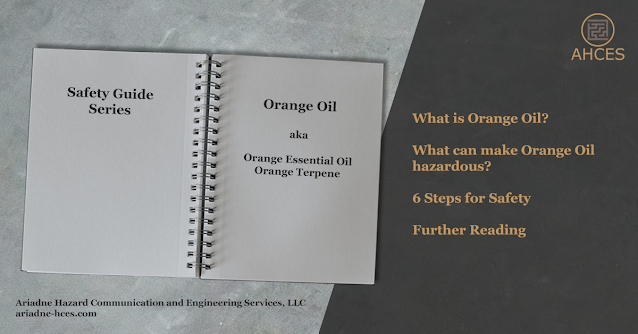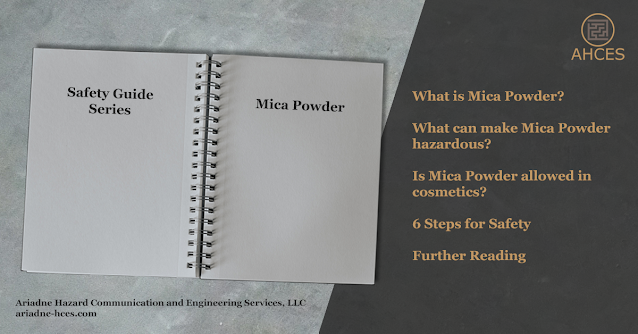Safety Glasses versus Safety Goggles - Which to Wear?
 |
| Safety Glasses are on the Left and Safety Goggles are on the Right |
What is the Difference Between Safety Glasses and Safety Goggles?
Safety glasses and safety goggles are both types of eye protection. Choosing which type to wear for a given task is an important part of safety, both in the workplace and when working on home projects or crafts.
Safety glasses have a frame, lenses, and side shields. Safety glasses offer protection against impacts but do not offer protection against liquid splashes or fine dust. Safety glasses may be worn over prescription glasses, though this is generally uncomfortable and prone to slippage. It is possible to purchase safety glasses with prescription lenses.
Safety goggles have a frame, lens, side shields, and a sealing surface. The sealing surface allows safety goggles to protect against liquid splashes and fine dust from reaching the eyes, as well as from impacts. Safety goggles can be worn over prescription glasses. It is also possible to purchase safety goggles with prescription lenses.
Do not wear contacts, prescription or cosmetic, when working with a liquid splash hazard. Contact lenses can trap the hazardous liquid against the surface of the eye, greatly worsening the potential for severe injury.
What is Eye Protection?
Eye protection is a type of personal protective equipment (PPE) that protects the eyes from injury from a given hazard. These hazards can include impact from flying objects, chemical splashes, and ultraviolet radiation.
The Occupational Safety and Health Administration (OSHA) sets the requirements for eye protection equipment in the workplace in 29 CFR 1910.133.
OSHA requires employers to provide appropriate eye protection to employees working that hazards that could cause injury to the eyes. The equipment must meet the American National Standards Institute (ANSI) standard for impact resistance and optical clarity. As of March 2023, OSHA only requires that eye protection PPE is certified to ANSI-Z87.1-2010.
However, it is recommended that newly purchased equipment conform to the most recent standard edition, ANSI Z87.1-2020.
What is ANSI Z87.1 Certification?
ANSI Z87.1 refers to the part of the ANSI standards which covers "Occupational and Educational Personal Eye and Face Protection Devices" for protection against impact, non-ionizing radiation, and liquid splashes. When purchasing safety glasses or safety goggles, ensure the marking of "Z87" is located on both the packaging and on the lenses of the PPE.
Which Should I Wear? Safety Glasses or Safety Goggles?
Safety glasses are good protection against impacts. If the task you are performing only has an impact risk, such as using a nail gun, then safety glasses are an appropriate PPE choice. Additionally, safety glasses are lightweight and generally considered the more comfortable alternative.
Safety goggles are good protection against both impacts as well as dust and splash hazards. If the task you are performing has a dust or splash risk, such as working with concentrated bleach, then safety goggles are the appropriate PPE choice. Safety goggles can be considered less comfortable, due to the pressure of the sealing surface against the skin. Take breaks from work as necessary to relieve discomfort, rather than risking safety by not wearing the appropriate PPE.





You've written an incredibly important piece. I was equipped with some crucial information by this essay. I'm quite appreciative that you shared this knowledge. Keep up the fantastic work.Computer Vision for PPE Monitoring
ReplyDelete